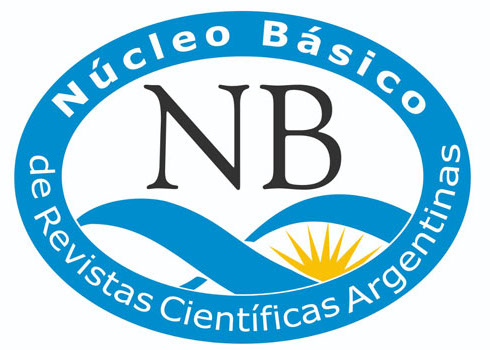Morphological affinities of the skeletons of the early / middle Holocene of North America and South America: a contribution to the expansion dynamics of the southern cone
Abstract
The aim of this work is to carry out a comparative analysis of craniofacial morphology in a sample of 120 individuals from the early Holocene from South America and North America in order to discuss both the biological diversity that the first populations that arrived on the continent presented, as well as their expansion. Our results show the presence of a moderate geographic structure among the samples from east and west of South America, in which individuals from North America are in an intermediate position between the two. Likewise, the latter show larger similarities with the samples from Brazil, differing from those from the Andes and Pampa. Individuals from the Argentine Pampas show similarities with those from Lagoa Santa but also with individuals from Camarones 14 and Tequendama. We conclude that the morphological diversification between the populations of eastern and western South America could have occurred early, and some areas have been characterized by the contribution of different ancestral lineages.Downloads

Runa, archivos para las ciencias is a publication of the Instituto de Ciencias Antropológicas, Facultad de Filosofía y Letras, Universidad de Buenos Aires and is distributed under a Creative Commons Attribution 4.0 International License.
Runa maintains its commitment to the policies of Open Access to scientific information, considering that both scientific publications and publicly funded research should circulate on the Internet freely, free of charge and without restrictions.
The contents and opinions expressed in published articles are the sole responsibility of their authors.



















